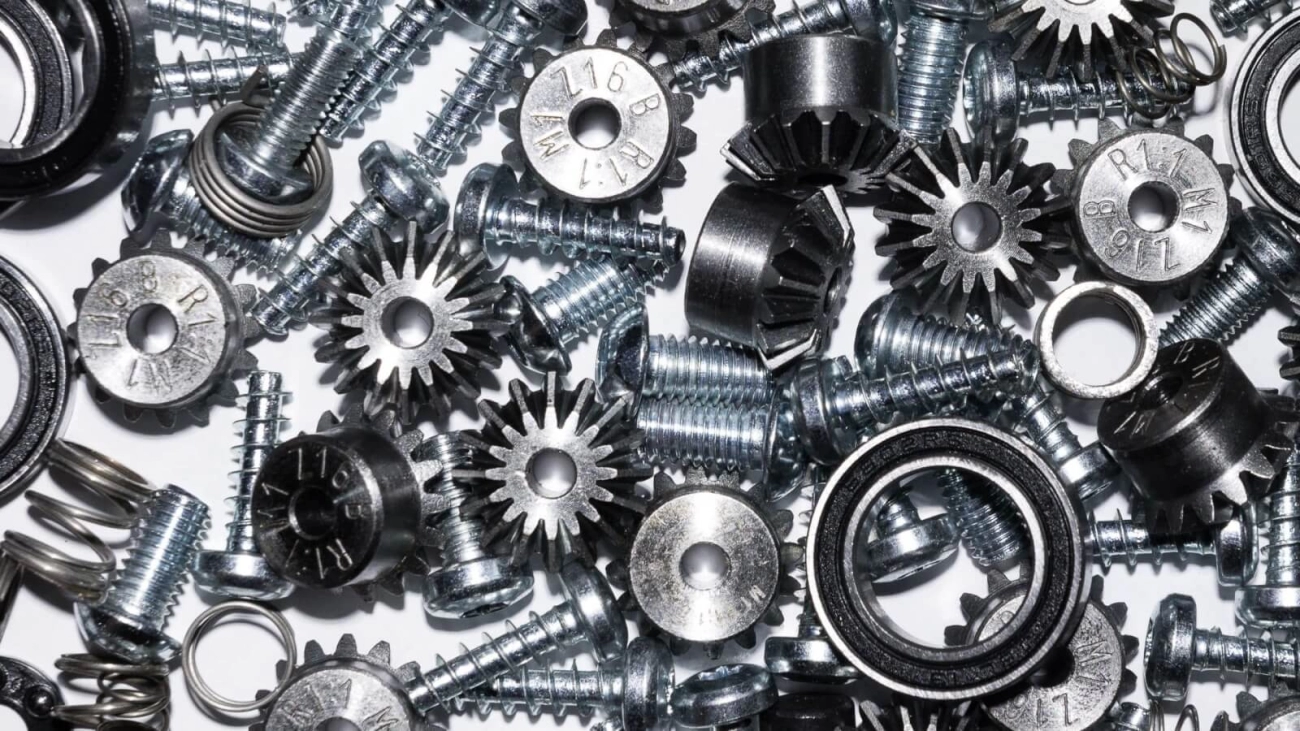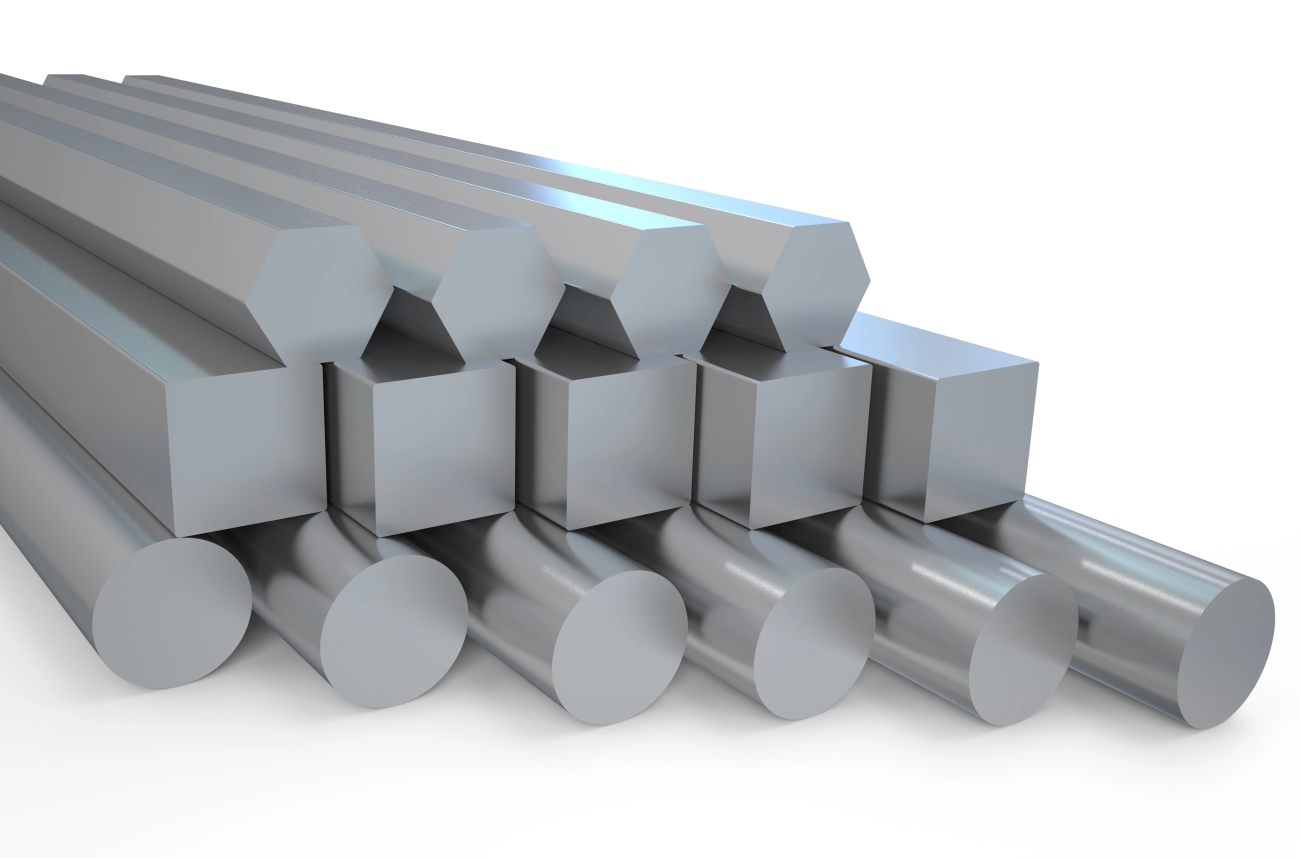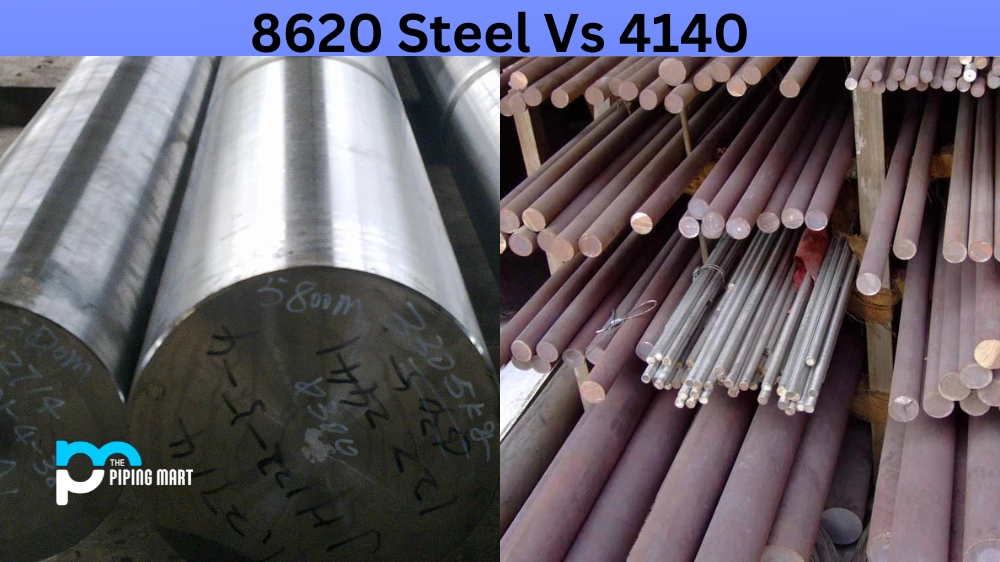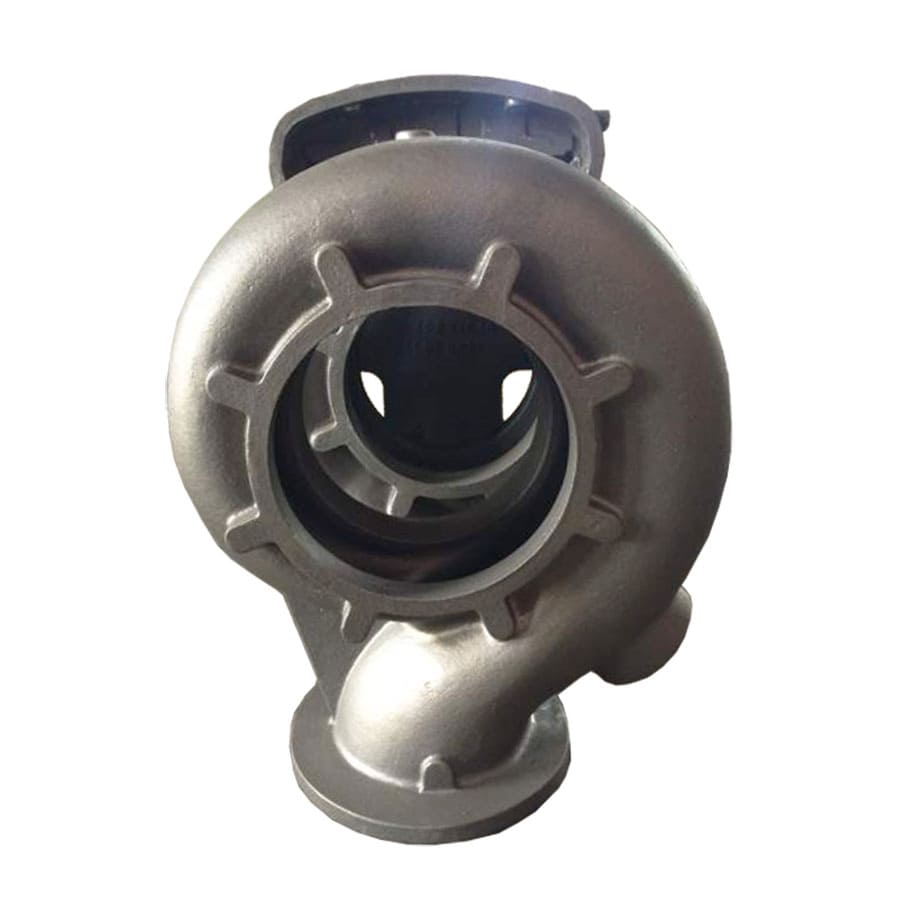Discover Alloy Steel 8620’s strength, carburizing ability, and versatile uses in gears shafts with expert insights and detailed properties.
Chemical Composition and Equivalents
Alloy Steel 8620 is a low-carbon nickel-chromium-molybdenum alloy designed primarily for carburizing. Here’s a detailed look at its chemical makeup and why each element matters:
- Carbon (0.18-0.23%): Low carbon content allows the surface to absorb extra carbon during carburizing, creating a hard, wear-resistant outer layer while keeping the core tough and ductile.
- Manganese (0.70-0.90%): Adds strength and hardenability.
- Nickel (0.40-0.70%): Improves toughness and corrosion resistance.
- Chromium (0.70-0.90%): Boosts hardness and wear resistance.
- Molybdenum (0.15-0.25%): Enhances strength at high heat and aids hardenability.
- Sulfur and Phosphorus (trace amounts): Kept low to maintain ductility and toughness.
Global Standards and Equivalents
Across industries and regions, Alloy Steel 8620 corresponds to several standards, making it easy to source and substitute:
| Standard | Equivalent |
|---|---|
| AISI 8620 | SAE 8620 |
| ASTM A29 Grade 8620 | UNS G86200 |
| DIN 1.6523 | 20NiCrMo2 (European standard) |
| JIS SCM420 | Japanese equivalent |
These equivalents maintain similar chemical compositions and performance characteristics, ensuring compatibility worldwide.
Role of Low Carbon in Carburizing
The relatively low carbon content in 8620 steel is key to its success as a case hardening alloy. During carburizing, the surface layer absorbs additional carbon, forming a hard, wear-resistant case. Meanwhile, the core stays low in carbon, retaining toughness and preventing brittleness. This balance is perfect for parts like gears and shafts where a strong surface and ductile core are essential.
Understanding these basics sets a solid foundation as we explore 8620’s properties, heat treatments, and applications next. Curious how these elements translate into real-world performance? Let’s dive in.
Key Properties of Alloy Steel 8620

Alloy Steel 8620 is known for its strong and versatile mechanical properties, making it a favorite in many U.S. industries. Typically, its tensile strength ranges from 70,000 to 90,000 psi, with a yield strength around 50,000 psi. This steel offers good hardness after carburizing, usually between 55 to 60 HRC, which helps in wear resistance.
Physically, 8620 has a density of about 7.85 g/cm³, which is standard for low alloy steels. It also shows moderate corrosion resistance, but it’s best suited for environments where extreme corrosion protection isn’t critical. If corrosion is an issue, additional coatings or treatments are recommended.
When it comes to performance, 8620 shines with its excellent toughness and ductility. Its low carbon core lets the steel absorb shocks and impacts without cracking, which is why you see it often used in tough conditions. The balance of strength and flexibility makes it ideal for parts like gears, shafts, and heavy-duty fasteners that need to take repeated stress without failure.
In , 8620 steel delivers reliable mechanical strength, good wear resistance, and the right amount of toughness for many U.S. applications, especially where case hardening is involved.
Heat Treatment and Processing of Alloy Steel 8620
Heat treating Alloy Steel 8620 is key to unlocking its full potential, especially with carburizing. Here’s a simple breakdown:
Carburizing Process Guide
- Preheat the steel to around 1350°F to prepare it for the carburizing stage.
- Carburize by heating the steel in a carbon-rich environment (gas or solid) at 1450°F to 1650°F for several hours. This boosts surface carbon, making it harder on the outside while keeping the core tough.
- Quench rapidly, usually in oil or water, to lock in the hard surface layer.
- Tempering follows to reduce brittleness, typically done between 300°F and 400°F.
Other Heat Treatments
- Normalizing helps relieve stresses and refines the grain structure by heating 8620 steel above its critical temperature and air cooling.
- Annealing softens the steel for better machinability by heating it to about 1400°F and cooling it slowly.
Machinability and Weldability Tips
- 8620 offers good machinability in its annealed state but expect some work hardening after heat treatments.
- Use low-hydrogen welding methods, and preheat if needed, to avoid cracking. Post-weld heat treatment helps reduce residual stress.
Common Pitfalls and Distortion Control
- Overheating during carburizing or quenching can cause warping or cracking.
- Uniform heating and proper fixturing minimize distortion.
- Controlled cooling rates prevent internal stresses, so avoid rapid temperature changes unless quenching intentionally.
Following these steps helps ensure Alloy Steel 8620 performs well, balancing a hard wear-resistant surface with a tough core for lasting durability in your projects.
Applications and Case Studies for Alloy Steel 8620

Alloy Steel 8620 is a go-to material across several key industries thanks to its strength, toughness, and excellent wear resistance after carburizing. Here’s where you’ll commonly find it in use:
Primary Uses
- Automotive: Popular for gears, shafts, and transmission parts that need a strong, wear-resistant surface.
- Aerospace: Used in landing gear components and structural parts where toughness and fatigue resistance matter.
- Agriculture: Ideal for heavy-duty farm equipment parts like gears and axles that face rough operating conditions.
- Oil and Gas: Perfect for drilling rigs and other heavy machinery parts that require durability and reliability under stress.
Industry Spotlights
- Transmission Components: 8620 steel’s ability to hold a hard surface with a tough core makes it great for gears and pinions that experience constant wear and stress.
- Heavy Machinery Parts: Bearings, sprockets, and couplings often use 8620 because its case hardening properties extend equipment life even in harsh environments.
Forms and Sizes Available
- Bars, forgings, and plates are the typical forms you’ll get with 8620 steel.
- Sizes vary from small precision parts up to large forgings, catering to a range of project scales here in the U.S.
- Custom heat treatments and machining services are often offered by suppliers to match specific application needs.
Overall, Alloy Steel 8620 fits well where a balance of hard surface wear resistance and tough core strength is critical. It’s a reliable choice, especially in U.S. industries demanding high-performing, cost-effective components.
Comparisons of Alloy Steel 8620 with Other Alloys

When comparing Alloy Steel 8620 to similar steels like 4140, 8615, and 9310, understanding their key differences helps you pick the right material for your project.
8620 vs 4140
- 8620 is a low carbon, nickel-chromium-molybdenum steel designed mainly for carburizing (case hardening).
- 4140 has higher carbon content, making it stronger and harder in the core without carburizing.
- Use 8620 if you need a tough, wear-resistant surface with a softer core for impact resistance.
- 4140 is better for applications needing uniform strength and hardness throughout.
8620 vs 8615
- Both are low carbon case hardening steels, but 8615 has slightly less nickel and molybdenum.
- 8620 offers improved toughness and fatigue resistance thanks to its balanced alloying elements.
- Choose 8620 over 8615 when you want better overall durability in demanding conditions.
8620 vs 9310
- 9310 is a high-strength, low alloy steel with added nickel, chromium, and molybdenum.
- It’s typically used in aerospace and heavy-duty gear applications requiring higher core strength.
- 8620 is more cost-effective and easier to machine but doesn’t reach the higher strength levels of 9310.
- For most automotive or general machinery parts, 8620 provides sufficient strength at a lower price.
When to Choose 8620
- Need excellent case hardening for wear-resistant gear teeth or shafts.
- Require good toughness and ductility in the core for shock loading.
- Machinability and weldability are important for fabrication.
- Budget-conscious projects where 9310’s strength isn’t necessary.
Pros and Cons of Alloy Steel 8620
Pros
- Great for case hardening with a tough core
- Good wear resistance after carburizing
- Good machinability and weldability
- Widely available and cost-effective
Cons
- Lower core strength compared to 4140 and 9310
- Not suitable for applications requiring high hardness throughout
- Requires precise heat treatment control to avoid distortion
In , Alloy Steel 8620 balances performance and cost, making it a solid choice for many U.S. industries like automotive and heavy machinery where case hardening and toughness matter most.
Sourcing and Best Practices
When it comes to sourcing Alloy Steel 8620, working with reliable suppliers that meet strict compliance standards is crucial. Look for vendors who provide certified materials with traceable documentation to ensure you get the right quality every time. Stock availability is another key factor—having 8620 steel readily available means shorter lead times and smoother project flow, especially for urgent orders.
Choosing VastPCC offers clear advantages. We specialize in custom heat treatment tailored to your project requirements, enhancing the performance of 8620 steel. Plus, our efficient delivery system ensures your materials arrive on time, keeping your production on schedule without delays.
Sustainability is important in today’s market, and VastPCC embraces eco-friendly practices like recycling scrap metal and optimizing energy use in processing. This approach not only reduces environmental impact but also supports your company’s commitment to greener operations. When you source Alloy Steel 8620 with us, you’re picking quality, reliability, and responsibility all in one.

